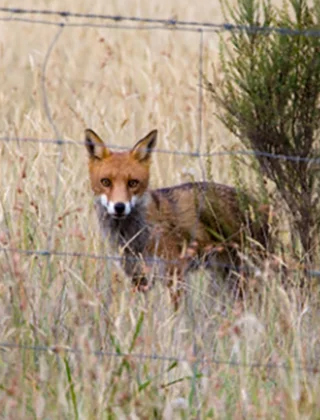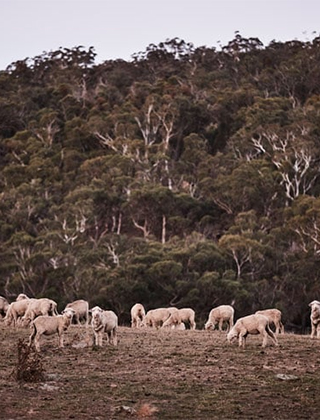Exclusion fencing to benefit northern NSW wool production
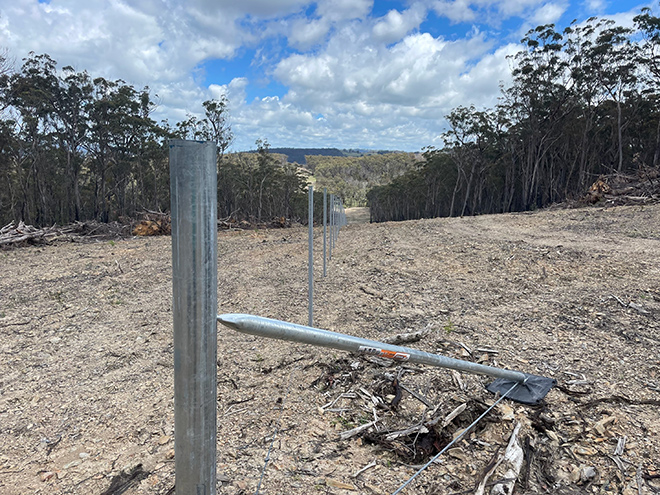
Some of the finest wool-growing country in the nation will soon benefit from an exclusion fence to protect livestock from wild dog predation on 110,000ha of grazing land in the Walcha region of northern NSW.
The Moona-Winterbourne fence will encourage local woolgrowers to increase their sheep numbers and other landholders to reintroduce sheep onto their properties.
Some of the finest wool-growing country in the nation will soon benefit from an exclusion fence to protect livestock from wild dog predation on 110,000ha of grazing land in the Walcha region of northern NSW.
With $986,800 of Federal Government funding secured by Walcha Council, the project has delivered a 44km predator proof fence in the Moona-Winterbourne area to directly protect land owned by 150 landholders from wild dog attacks and aid with on-farm biodiversity.
The fence was started in July 2020 using local contractors, injecting vital funds to help the region’s recovery from drought and fire. Project management was provided in-kind by AWI, Local Land Services, NSW Department of Primary Industries, National Parks and Wildlife and landowners.

AWI’s North East NSW wild dog control coordinator Dave Worsley: “A well-maintained fence is a powerful tool to combat wild dogs.”
AWI’s North East NSW wild dog control coordinator Dave Worsley, who led the project’s scoping and stakeholder consultation activities, says the exclusion fence will give more landholders the opportunity to run sheep.
“Wild dog activity had been constant and the fence’s completion will be a relief for landholders dealing with the psychological and financial stress of wild dogs,” he said.
“A well-maintained fence is a powerful tool in the wild dog control tool kit, although it’s important that landholders continue with their baiting and trapping as well as undertake maintenance of the fence.
“The new fence gives us the ability to target wild dogs tracking along the fence-line so we can be much more strategic in our control.”
Dave says the whole regional community would benefit from the flow on effects of the new fence, with an expected $5 return for every $1 invested in the fence.
National Wild Dog Management Coordinator Greg Mifsud said the Moona-Winterbourne fence complements an existing 67km of non-continuous exclusion fencing on property boundaries affected by the 2020-21 bushfires.
“This provides a total of 111km of exclusion fencing along the escarpment, protecting sheep grazing properties from wild dogs that consistently disperse from the extensive public lands from the coast to the escarpment,” he said.
“There are 11 properties on the newly erected section of fence but the combined 111km of fence will offer protection from wild dog incursions over a much larger area of the Northern Tablelands.”
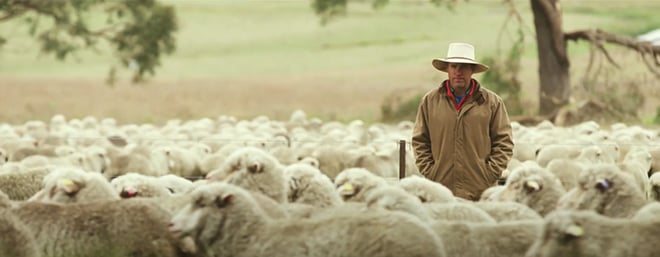
Farm manager Tony Overton of ‘Europambela’ at Walcha: “We now have this fantastic asset for the community.”
Tony Overton, who manages a large superfine operation at ‘Europambela’ which has experienced stock losses to wild dogs during the past two decades, was a driver behind the Moona-Winterbourne exclusion fence concept.
Tony says the exclusion fence is a good model for going forward in the high production country, as it gives producers options to diversify into small stock. It also reduces grazing pressure by kangaroos, increases biodiversity and generates employment for locals.
“We now have this fantastic asset for the community. Having someone checking the fence regularly and keeping that track open – it gives us eyes on the ground for pressure on the fence and an accessible fire trail,” he said.
“It’s not a single fix, we still need other strategies, trappers and baiting programs. It’s good for agriculture, the environment and stops weeds and pests.”
Walcha Council secured the $986,800 in round 2 of the Federal Government’s Communities Combating Pest and Weed Impacts During Drought Program – Biosecurity Management of Pests and Weeds.
Walcha Shire Council Mayor Eric Noakes, who is himself a woolgrower and beef producer, paid tribute to Dave Worsley, AWI and Local Land Services for their contribution to the project.
“The in-kind support of so many organisations and farmers in this important project for Walcha will not only benefit them but also our local economy,” he added.
Exclusion fencing booklets
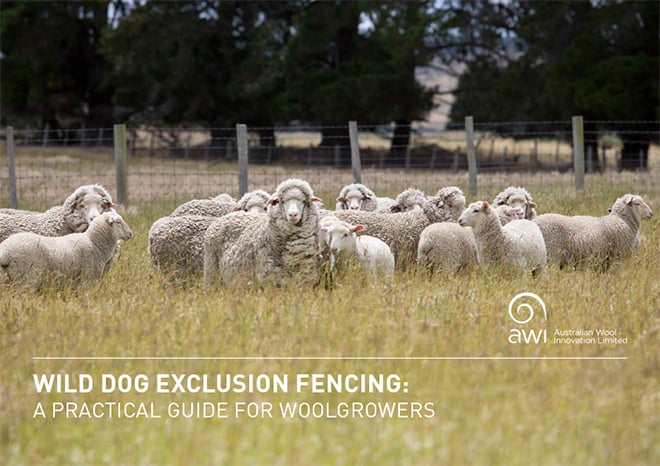
Information and photos of successful exclusion fences are included in AWI’s free 36-page Wild dog exclusion fencing: a practical guide for woolgrowers, which was published in 2017.
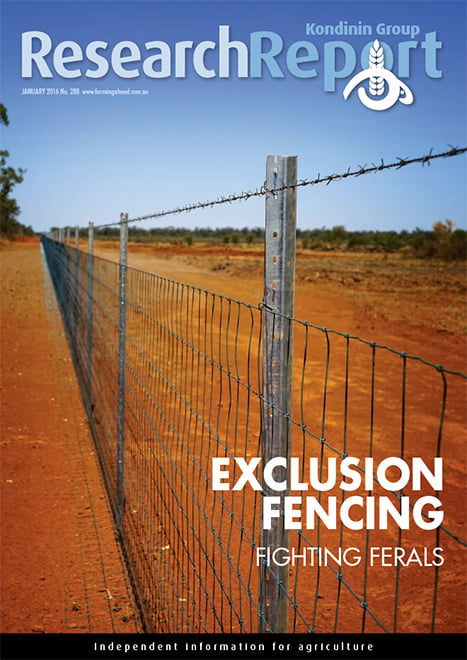
To complement the AWI guide, AWI also makes available the 14-page Kondinin Group Research Report Exclusion Fencing, Fighting Ferals, which was published in 2016.
More information: www.wool.com/exclusionfencing
This article appeared in the September 2022 edition of AWI’s Beyond the Bale magazine. Reproduction of the article is encouraged.






